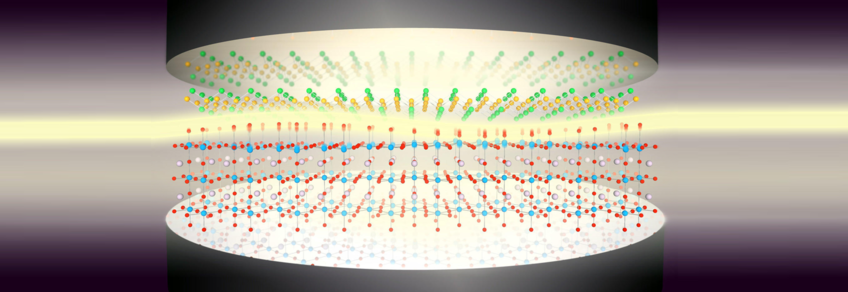The mechanism by which liquids emit a particular light spectrum known as the high-harmonic spectrum is markedly different from the one in other phases of matter like gases and solids. An international research team from ETH Zurich and the MPSD reports on this distinctive process in Nature Physics.
more


